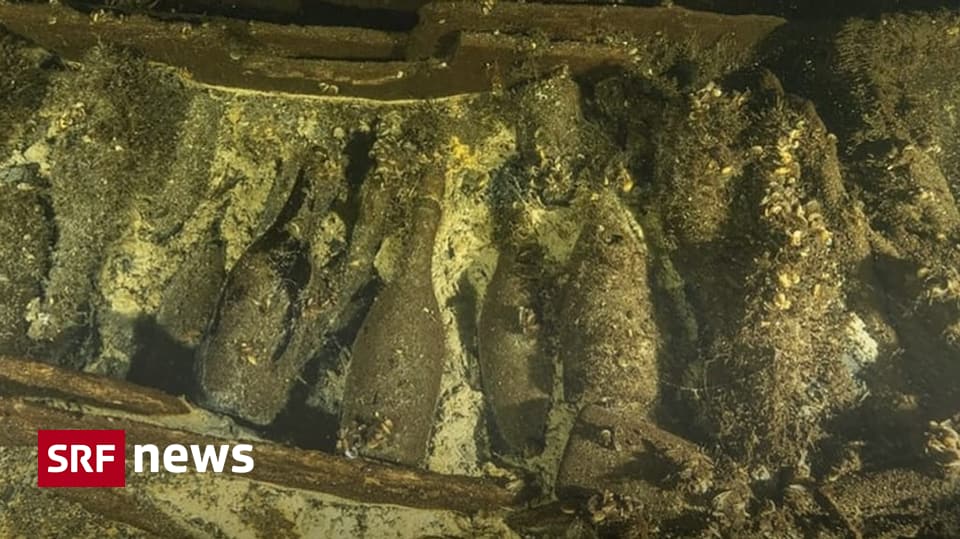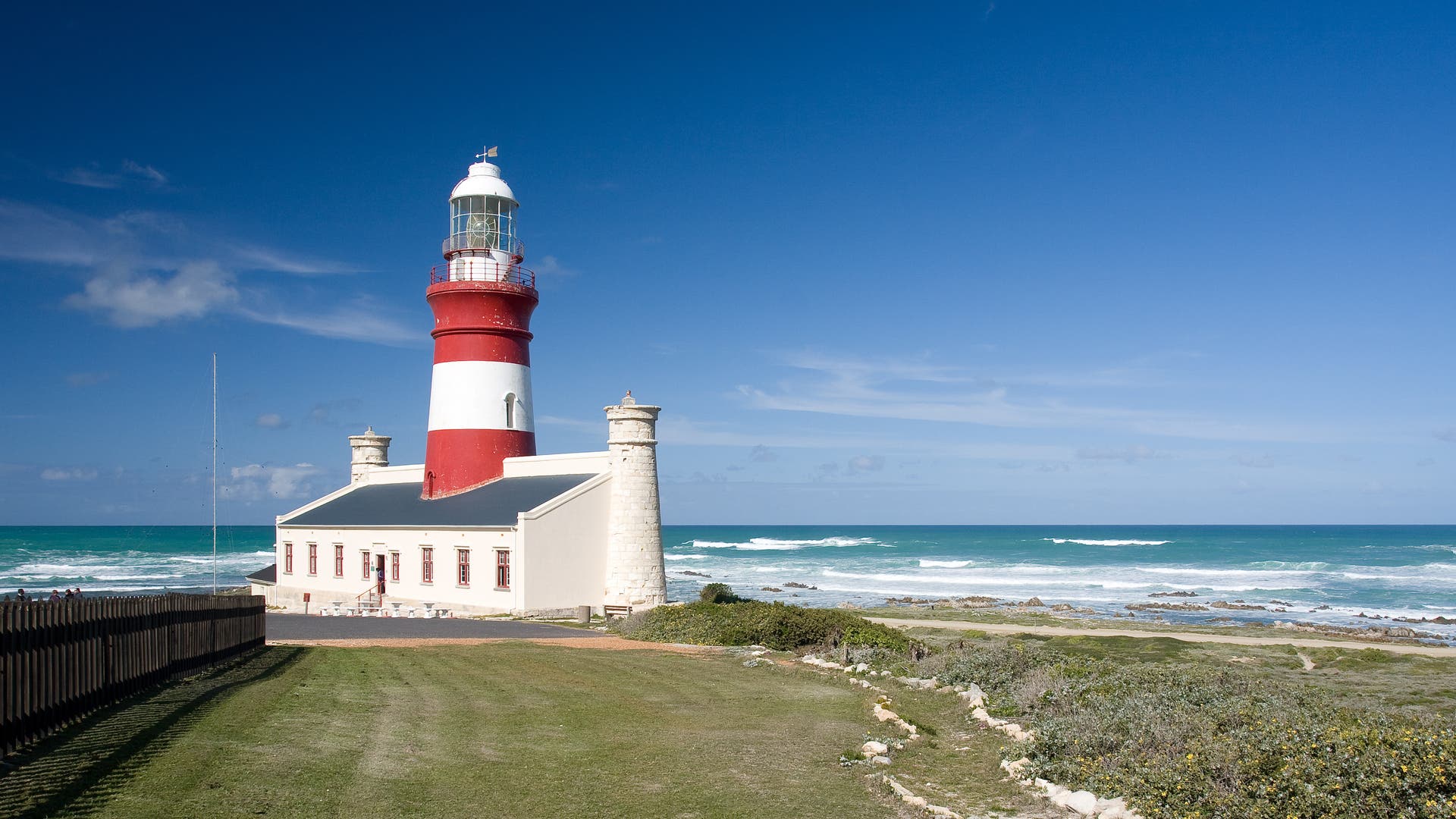When eddies off Cape Agulhas shoot into the open Atlantic Ocean, the long-distance transfer of salt and heat begins. Thus, the current plays a major role in the thermohaline circulation, which is very important for the global climate. However, the heat in the water is negligible, says Arne Biastosch, which is released rapidly into the atmosphere and is more noticeable in the deeper layers. “The critical factor is the salt content that is carried into the Atlantic Ocean.” This increases the density of seawater in the far North Atlantic, and more water basins – the thermohaline circulation accelerates. In short: the Gulf Stream is getting stronger.
In 2009, Piastosh called this far-reaching effect of the Agulhas Current on the warm-water heating system outside our continent “Gulf Stream lifebuoys”; His oft-cited study on the subject appeared in the journal Nature.. It is one of the amazing discoveries that the field of oceanography has made over the past few decades. At that time, Arne Piastosh was able to demonstrate that the inflow from the Indian Ocean is increasing as a result of climate change. “This trend is relatively clear,” he says. But research is still intense on how quickly and how this will affect Europe. Biastosh’s investigations so far have shown that transportation takes several decades and is subject to fluctuations.
The slow pulse of the mighty river
This decadal asymmetry, that is, fluctuations that occur over decades, is controversial among oceanographers and is currently being researched. “Most observation periods are too short to detect fluctuations over decades,” says Biastosh. However, models show that there is such a discrepancy. And accordingly, there was a peak in the 90s, followed by a decline, As Biastoch recently wrote with colleagues in Nature Communications Earth & Environment:. But even the 50- to 60-year time window that researchers can now model is too short to get a sense of the extent of the fluctuations.
In this regard, there are big uncertainties for climate science in ocean currents: researchers are wondering whether the weakening of the Gulf Stream is indeed an anomaly that can only be explained by climate change — or whether this is just a natural variability in ocean currents. coup movement. The research group led by Stefan Ramstorff of the Potsdam Institute for Climate Impact Research assumes that climate change is indeed the cause of the slowdown, while other research groups are more cautious. They say: We simply don’t know that until now, the signals are fuzzy, and there’s noise. However, all future climate models show that there will be a decline. On the one hand, due to the warming of the oceans, and on the other, due to the entry of melt water from Greenland.
The question that Arne Biastoch is primarily interested in is how the Agulhas stream can counter this trend. It is unlikely, he says, that lifebelts from the Agulhas Current will be able to compensate for the weakening of the Gulf Stream. But we will feel its increasing influence on the Atlantic in Europe in the future. The question is how.

“Alcohol buff. Troublemaker. Introvert. Student. Social media lover. Web ninja. Bacon fan. Reader.”







More Stories
Is the wrong diet making you forget?
We can study it with a new telescope.
Education: Start studying astronomy at school.